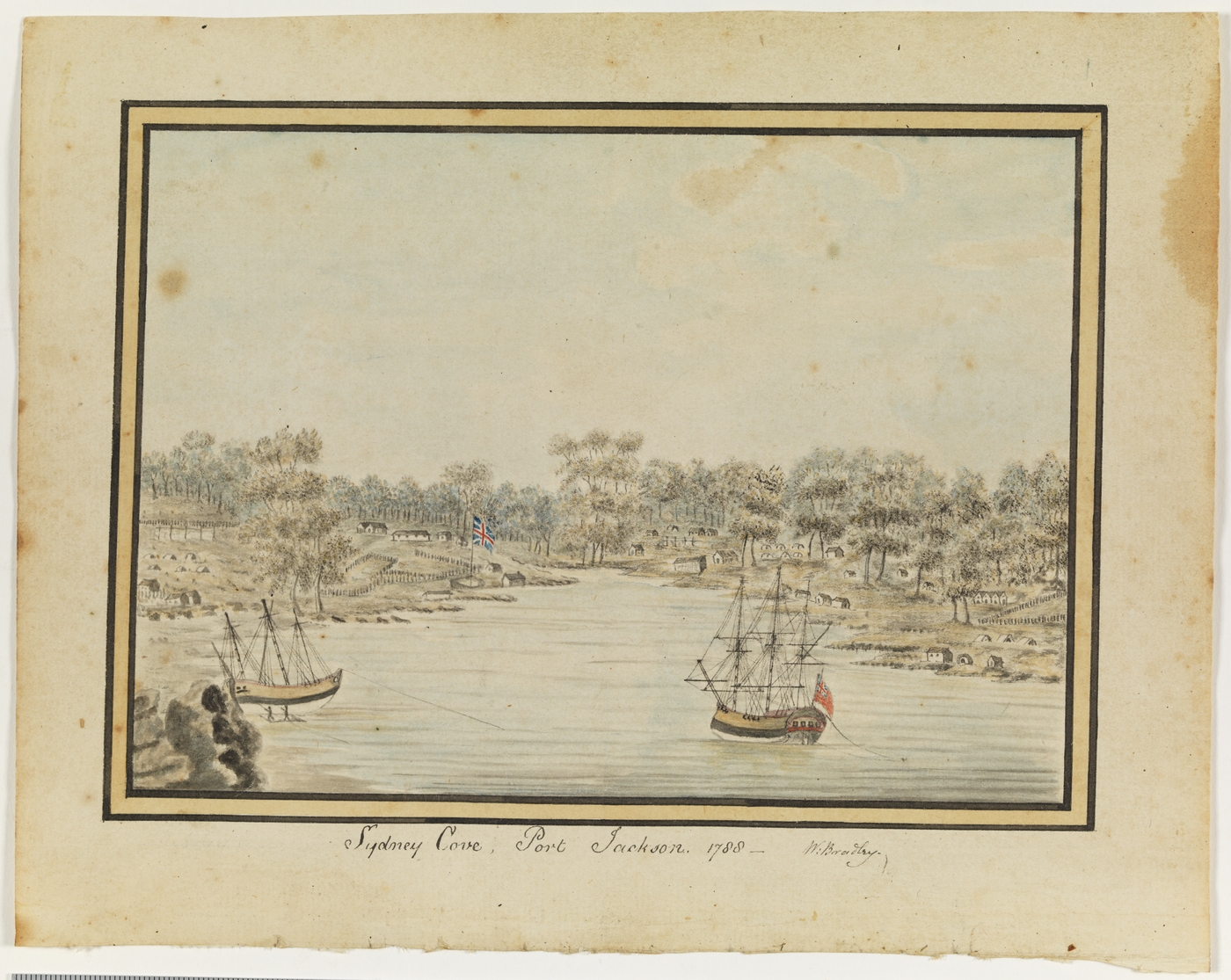The Dictionary of Sydney was archived in 2021.
Sydney Cove, Port Jackson 1788

From the collections of the
(Mitchell Library)

